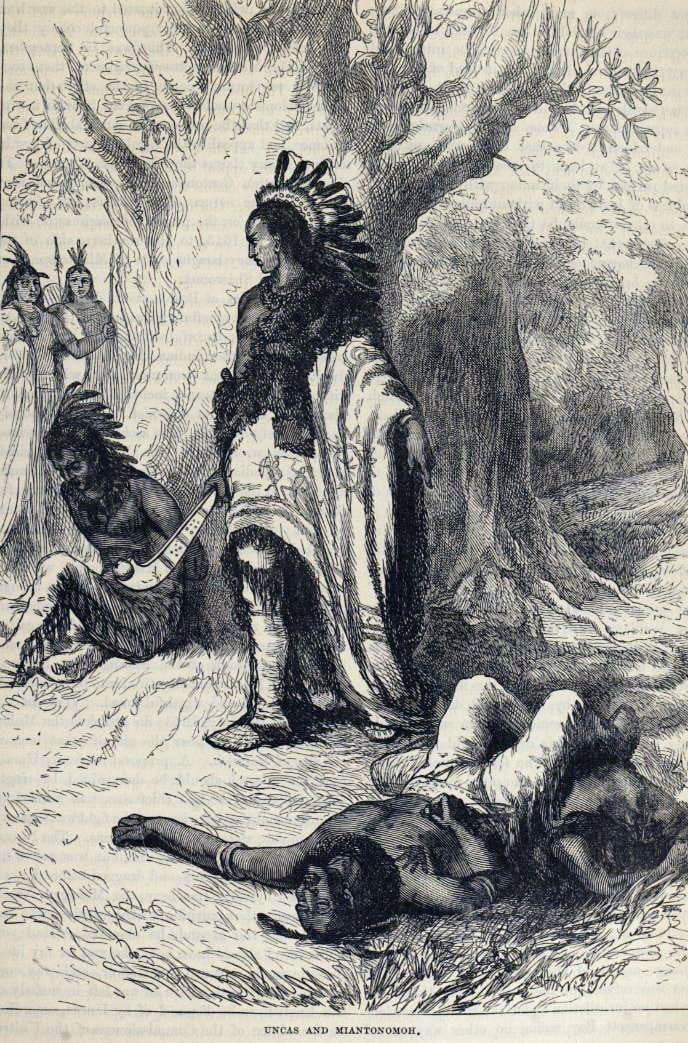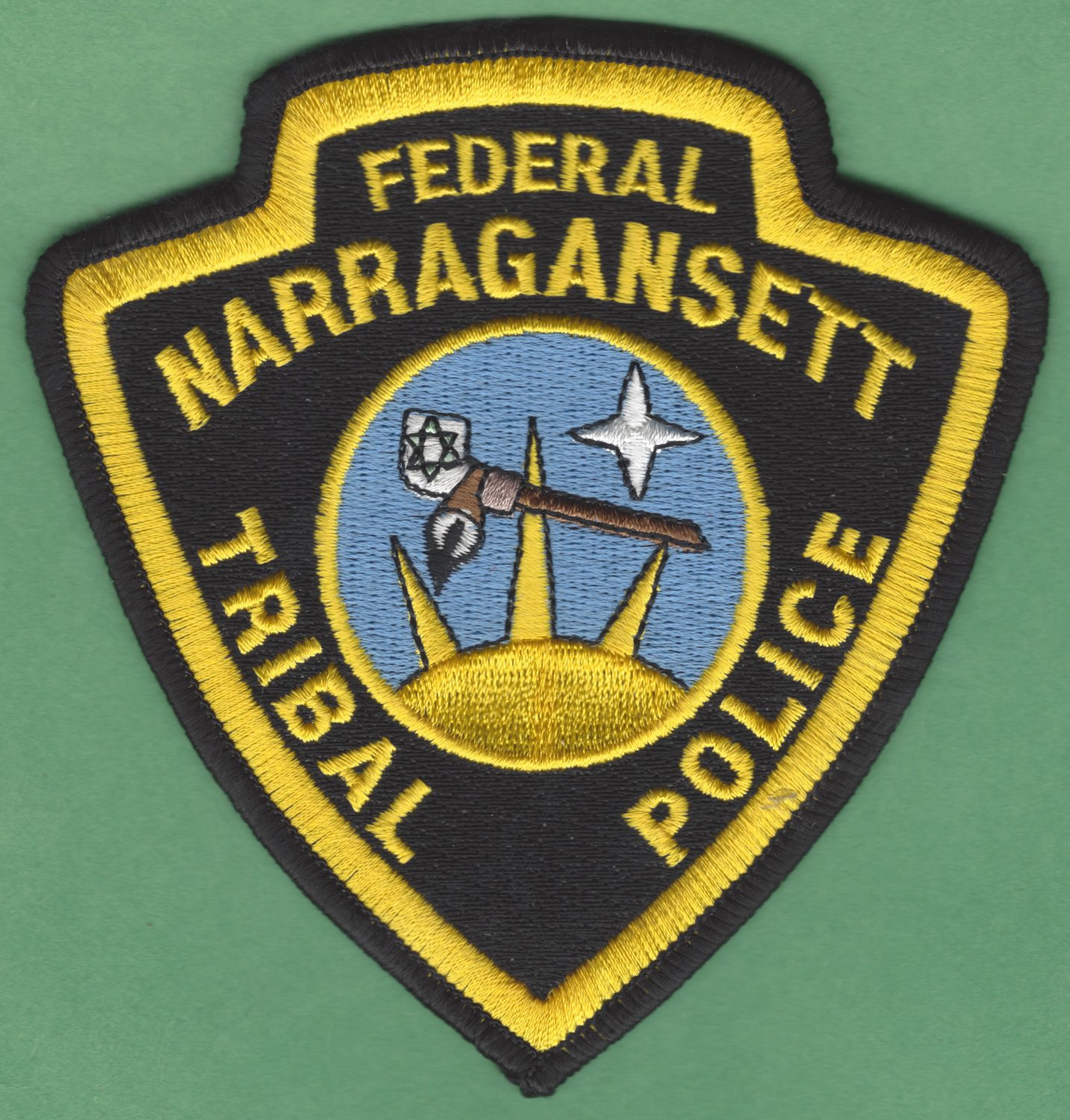
Decoding the Coastal Soul: Exploring Narragansett Bay Through the Lens of Ancient Fishing Rights
To truly understand the rugged beauty and vibrant marine ecosystem of Rhode Island’s coast, one must look beyond the postcard views and delve into the deep, enduring history etched into its waters. This isn’t merely a travel destination; it’s a living testament to millennia of human connection, particularly for the Narragansett Indian Nation. And for the discerning traveler, engaging with the Narragansett tribal historical fishing rights maps offers an unparalleled lens through which to experience this storied landscape. These aren’t just academic documents; they are a profound cultural atlas, revealing an unseen layer of meaning to every wave, every tide pool, and every fishing boat that graces Narragansett Bay and its surrounding waters.
Imagine standing on the windswept shores of Point Judith, the scent of salt and brine filling the air, the distant cry of gulls overhead. Without this historical context, it’s a picturesque scene. But with the knowledge embedded in these ancient maps, the landscape transforms. These maps, meticulously detailing ancestral claims and traditional fishing grounds, aren’t about exclusion; they are about a deep, symbiotic relationship. They chart not just territories, but a way of life, a sophisticated understanding of marine ecology, and a spiritual bond with the "Great Salt Pond" (Narragansett Bay) and the Atlantic beyond. For the Narragansett, fishing was never just a livelihood; it was a cultural cornerstone, a source of identity, and a sacred practice governed by principles of sustainability and reciprocity long before such terms entered modern lexicon.
The Unseen Depths: What the Maps Reveal

The historical fishing rights maps of the Narragansett Nation delineate not only expansive coastal areas but also specific tidal flats, coves, and river mouths crucial for various species of fish and shellfish. They highlight the intricate knowledge of seasonal migrations, spawning grounds, and prime harvesting spots that were passed down through generations. These maps are a window into an economy and society intimately connected to the ebb and flow of the ocean. For instance, areas like the vast salt ponds of South County—Ninigret, Quonochontaug, and Point Judith Ponds—were not just bodies of water; they were highly productive, carefully managed larder systems, rich in quahogs, oysters, and finfish.
When you paddle a kayak through the serene waters of Ninigret Pond today, with its protected barrier beaches and teeming birdlife, understanding these maps adds a profound layer to your experience. You’re not just observing nature; you’re tracing the pathways of Narragansett ancestors who navigated these same waters in dugout canoes, utilizing sustainable techniques to ensure the bounty for future generations. The maps implicitly speak of an environmental stewardship that predates colonial arrival by thousands of years, a stewardship that saw the land and sea not as resources to be exploited, but as relatives to be respected and cared for.
Experiencing the Legacy: Coastal Rhode Island Through a Narragansett Lens
Point Judith and Galilee: Begin your journey where the land meets the open ocean. Point Judith, with its iconic lighthouse and bustling fishing port of Galilee, is a hub of modern maritime activity. Here, commercial trawlers and lobster boats bring in their daily catches. But through the lens of Narragansett history, Galilee’s docks become more than just a place of commerce. They represent a continuum of fishing—a tradition that has persisted for millennia, albeit in different forms. The maps remind us that this very stretch of coastline, now bustling with tourism and industry, was once a primary gateway for Narragansett fishermen venturing into deeper Atlantic waters, or harvesting migratory fish runs in the Narrow River estuary that flows into the Bay nearby. As you savor a fresh seafood meal at one of Galilee’s renowned restaurants, consider that the very species on your plate—cod, flounder, lobster, scallops, quahogs—were once the lifeblood of the Narragansett people, harvested from these very same ancestral waters.

The South County Salt Ponds: These interconnected coastal lagoons are arguably the most vivid contemporary reflection of the historical maps’ significance. Places like Ninigret Pond, now a National Wildlife Refuge, were meticulously documented in ancestral claims. Today, they remain vibrant ecosystems and popular spots for recreational shellfishing, kayaking, and paddleboarding. For the traveler, this is where the past truly informs the present. Imagine the traditional Narragansett methods of raking for quahogs, gathering oysters, or setting weirs for fish. The maps provide context to the fragile beauty and ecological importance of these ponds, underscoring why the Narragansett Nation has historically and continues to be a staunch advocate for their preservation and sustainable management. Rent a paddleboard or join a guided kayak tour, and as you glide over the eelgrass beds, recognize that you are navigating waters whose productivity and importance were understood and revered by the Narragansett for thousands of years.
Narragansett Pier and its Beaches: The popular beaches of Narragansett, from Town Beach to Scarborough State Beach, are synonymous with summer leisure. But these sandy stretches and the waters offshore were also vital components of the Narragansett fishing domain. The maps illustrate their use for net fishing, harvesting clams from the intertidal zone, and as strategic points for launching canoes. A simple walk along the shore, with the knowledge of these ancestral uses, transforms a recreational outing into a journey through time. The waves that crash on the shore carry not just the spray of the ocean, but the echoes of countless generations who fished, gathered, and lived in harmony with this dynamic environment.
Beyond the Coast: Block Island and Offshore Fishing: The historical maps also extend to offshore areas, including Block Island (Manisses), which served as an important seasonal fishing ground and resource gathering site for the Narragansett. A ferry trip to Block Island offers another layer of understanding. While the island is known for its Victorian charm and stunning cliffs, its true historical depth lies in its role as a sustainable resource base for indigenous communities. The waters around it, rich in tuna, cod, and other deep-sea species, were known and utilized by Narragansett fishermen for centuries, demonstrating their sophisticated understanding of open-ocean navigation and resource management.
The Ongoing Resonance: Sustainability and Cultural Identity

Understanding Narragansett tribal historical fishing rights maps is not just about appreciating history; it’s about recognizing an ongoing legacy. The Narragansett Nation continues to assert its sovereign rights and its role as a steward of these ancestral lands and waters. Their efforts in environmental conservation, marine resource management, and cultural revitalization are direct continuations of the principles embedded in those ancient maps. When you visit a local fish market or a farm stand selling local produce, you’re participating in an economic and ecological system that the Narragansett helped establish and sustain for millennia. The focus on local, sustainable food sources directly mirrors the traditional practices depicted on these maps.
For the conscious traveler, engaging with this history means more than just reading a plaque. It means actively seeking out opportunities to learn from and support indigenous voices. While direct engagement with the maps themselves might require visiting archives or specialized cultural centers, their spirit is palpable across the Rhode Island coast. Consider visiting the Tomaquag Museum in Exeter, a Narragansett-led institution that provides invaluable insights into indigenous culture, history, and contemporary issues. While not directly focused on the maps, it offers the broader cultural context essential for their interpretation.
A Deeper Connection for the Discerning Traveler
Traveling through coastal Rhode Island with an awareness of the Narragansett tribal historical fishing rights maps transforms a casual visit into a profound journey. It challenges the common narrative of an empty wilderness awaiting European settlement and replaces it with a rich tapestry of indigenous stewardship, sophisticated resource management, and deep cultural connection to the land and sea.
This is not a passive experience. It encourages you to ask questions: How did these waters sustain generations? What lessons can be learned from their sustainable practices? How do contemporary issues of coastal development, climate change, and resource management intersect with these ancient rights and responsibilities?
So, as you plan your trip to Narragansett Bay, pack your hiking boots, your swimsuit, and perhaps, a map of your own—not just a modern road atlas, but an internal compass attuned to the unseen depths of history. Let the whispers of the Narragansett fishing rights guide your exploration. See the coast not just as a beautiful backdrop, but as a living, breathing testament to an enduring people and their profound relationship with the waters they have called home for thousands of years. It’s an invitation to connect more deeply with the spirit of the place, to appreciate its layered beauty, and to recognize the invaluable contributions of the Narragansett Nation to the ecological and cultural heritage of Rhode Island. This is travel that transcends the superficial, offering a true immersion into the soul of a landscape.

